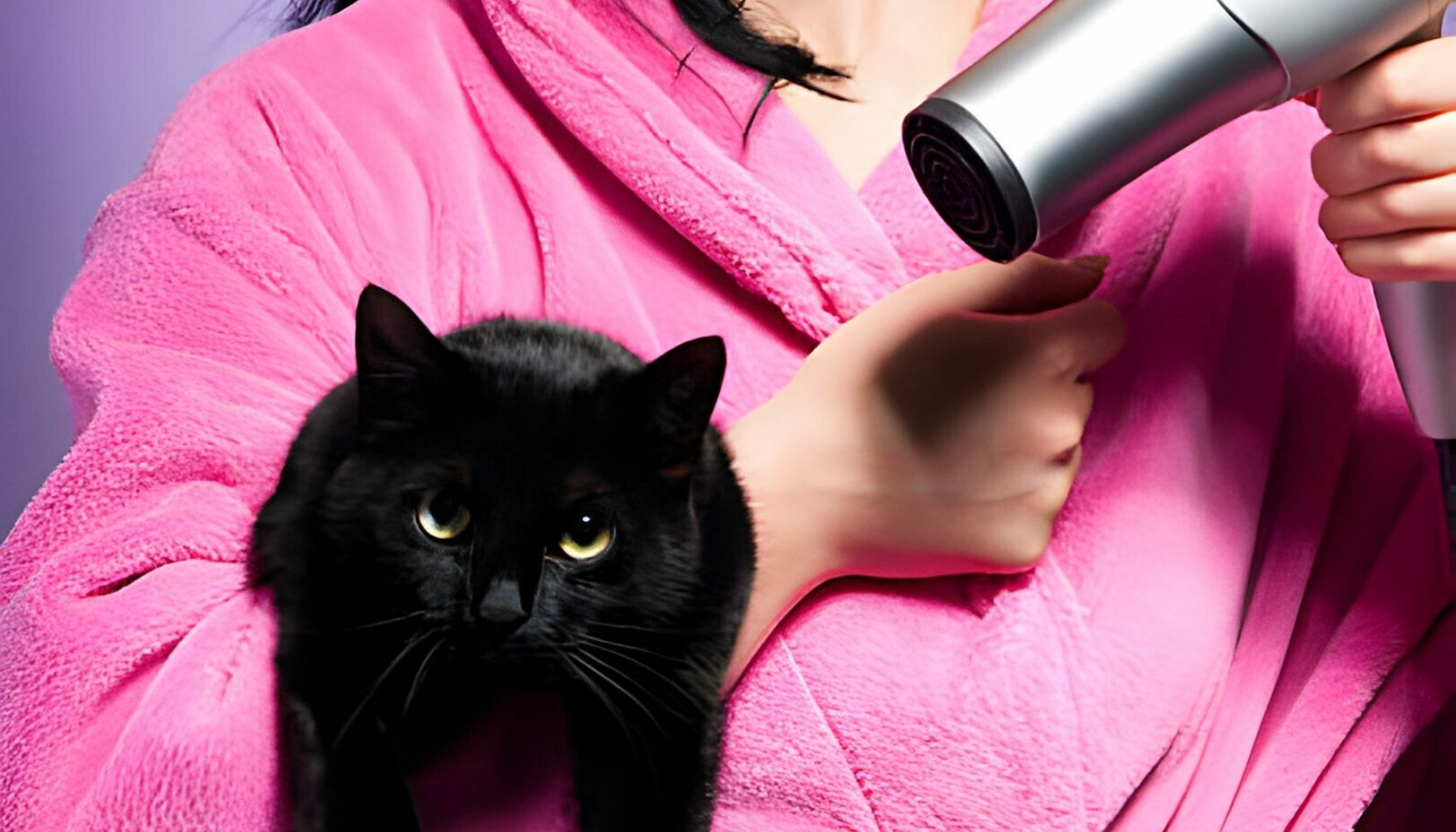One of the most intriguing yet challenging tasks for cat owners is grooming, especially when it comes to drying their fur after a bath. A question that frequently pops up is: Can I dry my cat with a hair dryer? This topic is not just about convenience; it’s about understanding your cat’s needs, safety, and comfort. In this detailed post, we’ll explore the ins and outs of using a hair dryer on your feline friend, ensuring you are well-equipped to make the best decision for their care.
Understanding Your Cat’s Comfort
Before we dive into the mechanics of using a hair dryer, it’s crucial to understand a cat’s perception of this device. Cats have a heightened sense of hearing, making them sensitive to loud noises. The sound of a hair dryer can be startling or even terrifying to them. Furthermore, the sensation of forced air and heat can be unfamiliar and uncomfortable.
- Noise Sensitivity: Many cats are alarmed by the loud noise of a hair dryer. It’s important to consider your cat’s temperament.
- Heat Sensitivity: Cats can be more sensitive to heat than humans. Therefore, the heat from a hair dryer, even on a low setting, might be too intense.
Preparation and Precautions
If you decide to try using a hair dryer, preparation and safety precautions are paramount. The key is to create a stress-free environment and use the hair dryer in a way that is least likely to frighten or harm your cat.
- Introduce the Hair Dryer Gradually: Let your cat become familiar with the hair dryer when it’s off. Let them sniff it and realize it’s not a threat.
- Start on a Low Setting: Begin with the lowest heat and speed setting to avoid startling your cat.
- Maintain a Safe Distance: Keep the dryer at least a foot away from your cat’s fur to prevent overheating and burns.
- Constant Movement: Never focus the dryer on one spot for too long. Keep it moving to distribute heat evenly.
Alternatives to Hair Dryers
Given the potential stress and risks associated with using a hair dryer, you might consider safer alternatives for drying your cat.
- Towel Drying: A soft, absorbent towel can be an effective and gentle way to dry your cat. Patting your cat gently will remove excess water without causing anxiety.
- Air Drying: In a warm, draft-free room, your cat can naturally air dry. Ensure the room is comfortable and safe for your cat to relax in while drying.
- Specialized Pet Dryers: There are pet-specific dryers available that are quieter and designed with pets’ sensitivity to noise and heat in mind.
Understanding Your Cat’s Behavior
Your cat’s behavior will be your guide in determining whether a hair dryer is a suitable tool for them. Watch for signs of stress or discomfort, such as hissing, cowering, or attempting to escape. Stress can lead to behavioral issues and affect your cat’s overall well-being.
- Recognizing Discomfort: Look for signs of stress or fear. If your cat seems agitated, it’s best to discontinue using the hair dryer.
- Building Trust: Your relationship with your cat is based on trust. Forcing them to endure a frightening experience can damage that trust.
Health and Safety Tips
If you choose to use a hair dryer, here are some health and safety tips to keep in mind:
- Never Leave Your Cat Unattended: During the drying process, supervise your cat at all times to react quickly if they show signs of distress or if the dryer becomes too hot.
- Check the Temperature Frequently: Regularly test the air temperature on your own skin to ensure it’s not too hot for your cat.
- Focus on Comfort: Make the experience as comfortable as possible. Use soothing tones and offer treats as positive reinforcement.
Editor’s note…
To answer the question, Can I dry my cat with a hair dryer?, yes, but with considerable precautions. It’s essential to prioritize your cat’s comfort and safety over convenience. Pay close attention to your cat’s behavior and stress levels, and always be prepared to switch to more cat-friendly drying methods if necessary. Remember, every cat is unique, and what works for one may not work for another.
Your sensitivity to your cat’s needs and preferences will ensure a positive grooming experience for both of you.

